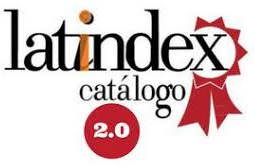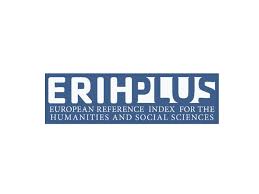Nursing Education At Technology Lens: Problems Encountered In The Use Of Instructional Media In Nursing Instruction In The Eastern Visayas Region
DOI:
https://doi.org/10.47750/jett.2023.14.01.037Keywords:
Interactive Learning, Nursing Education, SUCs, Eastern Visayas, BS NursingAbstract
This abstract presents a study that explores the effects of teaching materials utilized for nursing education within state universities and colleges in Region VIII. The research is based on Robert Gagne's Theory of Conditions of Learning, which identifies eight types of learning and nine events of instruction. The study aims to assess the impact and challenges encountered by respondents when using Nursing Instructional Media (NIM). The limited contact time between instructors and students in the classroom often prevents thorough discussion of important concepts. By integrating e-media into instruction, the study proposes extending the time allotted for subjects, allowing students to learn, take quizzes, and complete assignments online at home after class hours. To gather the necessary information, questionnaires were distributed to nursing instructors and students from four universities in the region. No on-site inspections or direct classroom observations were conducted. The collected data were analyzed to identify common problems faced by instructors and students when using instructional media. The results indicated various significant obstacles, such as insufficient managerial and technical competencies in utilizing instructional media, as well as a lack of student enthusiasm for acquiring knowledge. Based on the assessment results, the study aims to develop an e-learning platform tailored to the specific needs of nursing instruction. The utilization of instructional media is expected to address the identified issues and enhance the teaching-learning process in nursing education. By leveraging technology, this research seeks to bridge the gaps in traditional classroom settings and provide students with expanded opportunities for learning, engagement, and academic achievement.








